vivo has just released in the Philippines its latest smartphones, the X80 and X80 Pro. It’s equipped with a flagship MediaTek Dimensity 9000 and Qualcomm Snapdragon 8 Gen1 chipsets and have ZEISS-powered triple-rear cameras. Given that the X series is known to be a photography-centric device, how did vivo reach these new heights in mobile imaging? Let’s find out.
So, what we’re going to do is take a quick trip down memory lane of vivo’s X series smartphones in the Philippines. We’re going to look at its cameras and see how much it has improved over the years, starting with…
Table of Contents
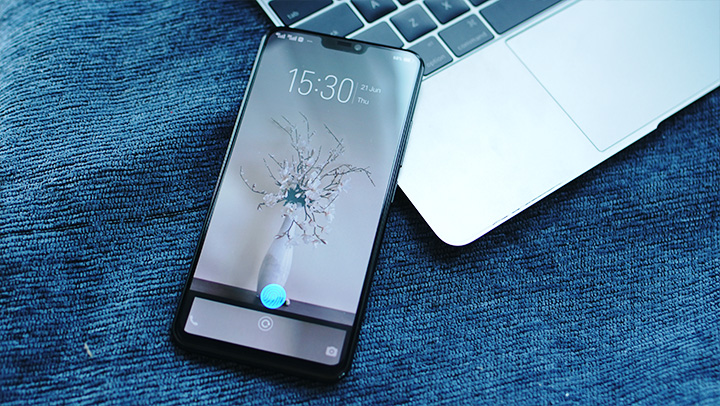
The vivo X21 debuted in the Philippines in 2018. At the time, it brings some of the most modern features in a smartphone like the 6.28-inch Super AMOLED notched screen with really thin bezels and in-display fingerprint scanner.
It is powered by a Qualcomm Snapdragon 660 AIE chipset, 6GB of RAM, 128GB of storage, and a 3,200mAh battery.
For the cameras, it uses a dual rear camera setup consisting of a 12MP main and a 5MP secondary. For the front, it has a 12MP shooter. Both rear and front cameras feature Dual Pixel sensors with a large photographic area for clearer photos.
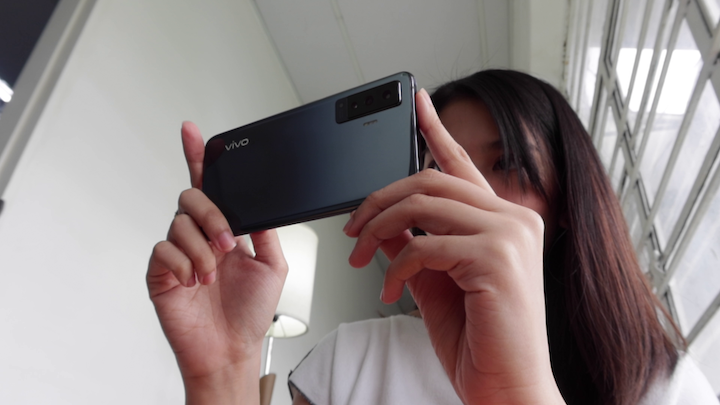
In 2020, released two X series smartphones — the X50 and the X50 Pro. The two smartphones are almost identical but with different chipsets and batteries. Both are photography-centric smartphones with quad-rear cameras.
The X50 has a 6.56-inch AMOLED screen with a 90Hz refresh rate, Qualcomm Snapdragon 730 chipset, 8GB of RAM, 128GB of storage, and a 4,200mAh battery with 33W fast charging. vivo equipped the rear camera with Extreme Night Vision capabilities for clearer pictures at night.
For its cameras, it has a 48MP Sony IMX598 main camera with four-axis OIS, 13MP portrait, 8MP ultra-wide, and 5MP macro. For selfies, it has a hi-res 32MP shooter.

For the X50 Pro, it also has a 6.56-inch AMOLED screen with a 90Hz refresh rate, but with a better Qualcomm Snapdragon 765 5G chipset, 5G connectivity, up to 12GB RAM, up to 256GB storage, and a 4,315mAh battery with 33W fast charging.
For the cameras it has a 48MP Sony IMX598 gimbal main camera, 13MP portrait, 8MP periscope, and 8MP ultra-wide. Like the X50, it also features Extreme Night Vision, but because of the gimbal system, it has Astro mode that is capable to capture stars at night.

vivo’s first smartphone with an imaging system co-engineered by ZEISS is the X60 series, which launched in the country in 2021. It’s a flagship-grade device with a 6.56-inch AMOLED screen with 120Hz refresh rate, Qualcomm Snapdragon 870 chipset, 5G connectivity, 12GB RAM, 256GB storage, and 4,300mAh battery with 30W fast charging.
Looking at the cameras, we have a 48MP main, 13MP ultra-wide, and 13MP telephoto. For selfies, we have a 32MP camera. Since it’s using an imaging system co-engineered by ZEISS. It is packed with ZEISS features like the ZEISS Biotar Portrait Style for hat iconic rotation bokeh of the Biotar lens.
In addition, it has a VIS 5-Axis Video Stabilization which is an enhanced OIS for steady videos, Extreme Night Vision 2.0, HDR Super Night Portrait, Ultra-Wide Night Mode, Long Exposure Mode, Professional Portrait, Panorama Night Mode, and Super Macro.
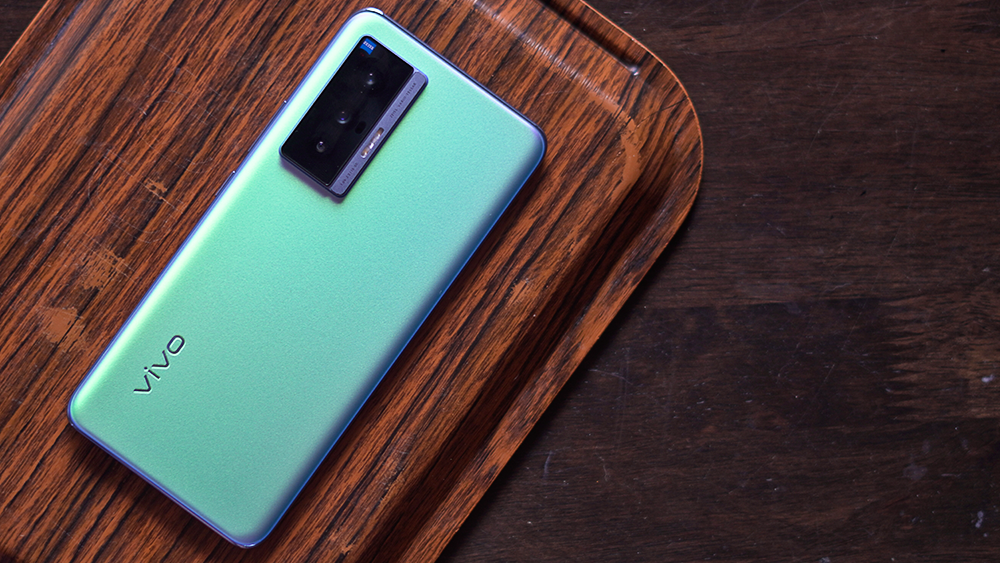
vivo didn’t wait that long to release the successor of the X60, and later that year it also released the X70. It sports a 6.56-inch AMOLED screen with 120Hz refresh rate, MediaTek Dimensity 1200 chipset, 5G connectivity, 12GB RAM, 256GB storage, and 4,400mAh battery with 44W fast charging.
For the cameras, we’re looking at the bespoke 40MP Sony IMX766V main, 12MP ultra-wide, and 12MP portrait. For selfies, we have 32MP shooter. Like the X60, the imaging system is co-engineered by ZEISS but is equipped with the ZEISS T* Coating, which reduces stray lights and ghosting effects for more accurate colors. It also has Gimbal Stabilization 3.0, Real-Time Extreme Night Vision, and Super Night Video. vivo also added ZEISS Style Portrait effects that simulate the effect of four legendary ZEISS lenses: Distagon, Planar, Sonnar, and Biotar.

Now let’s take a look at the current stars of the show, starting with the X80. This flagship features a 6.78-inch AMOLED screen with 120Hz refresh rate, a MediaTek Dimensity 9000 chipset, 5G, up to 12GB RAM, up to 512GB storage, 4,500mAh battery with 80W fast charging.

When it comes to the cameras, vivo increased the main camera resolution to 50MP with a newer Sony IMX866 sensor. It also has a 12MP ultra-wide and 12MP portrait. For selfies, the 32MP resolution was retained.
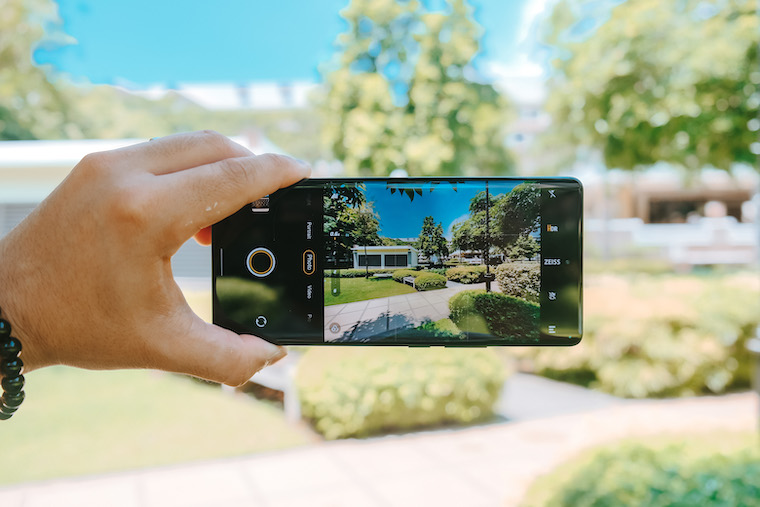
For the X80 Pro, we have a 6.78-inch QHD+ AMOLED display with 120Hz refresh rate, Qualcomm Snapdragon 8 Gen1 chipset, 5G, up to 12GB RAM, up to 512GB storage, 4,700mAh battery with 80W fast charging and 50W fast wireless charging.

The X80 Pro has more cameras than the X80. We have a 50MP main that uses a large 1/1.3-inch sensor custom-made for the X80 Pro. Aside from that, we have a 48MP ultra-wide, which is one of the highest ultra-wide resolution we can see in smartphones in the market, a 12MP portrait, and an 8MP periscopic telephoto lens capable of 5x optical zoom.

vivo and ZEISS bumped the features in the X80 and X80 Pro and now cater to mobile videographers as well. For one it has the new vivo V1+ chip to help enhance videos. It has an AI Video Enhancement to light up videos in dark environments, Active Centering OIS with 360-degree Horizon Leveling Stabilization for ultra-steady videos regardless of the angle, Pro-standard video settings with plenty of LUTs styles, Pure Night View, and AI Skin Retouching.
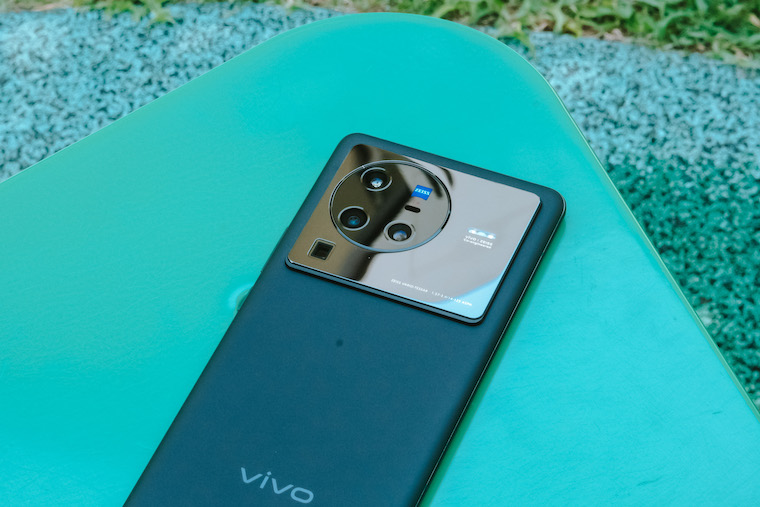
For ZEISS features, we have ZEISS T* Coating, AI Perception Engine and ZEISS Natural Color to replicate original colors, and more ZEISS Style Portrait effects: ZEISS Cinematic, ZEISS Biotar, ZEISS Distagon, ZEISS Planar, and ZEISS Sonnar. Check out some of the photos we’ve taken using the vivo X80 during our trip in Singapore.




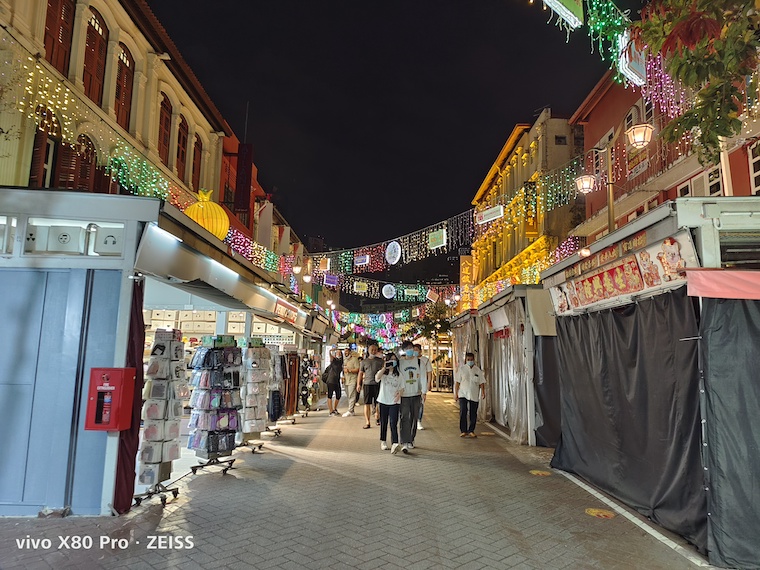


As you can see, the cameras and the features on the X80 and X80 Pro are not just minor iterations over the predecessors. From focusing on selfies, which vivo is known for, the X series improved on photography quality, then elevated it further by collaborating with ZEISS. vivo and ZEISS didn’t stop there, though, and have kept on improving the performance and features where we have reached the point that it can be used for cinematography.
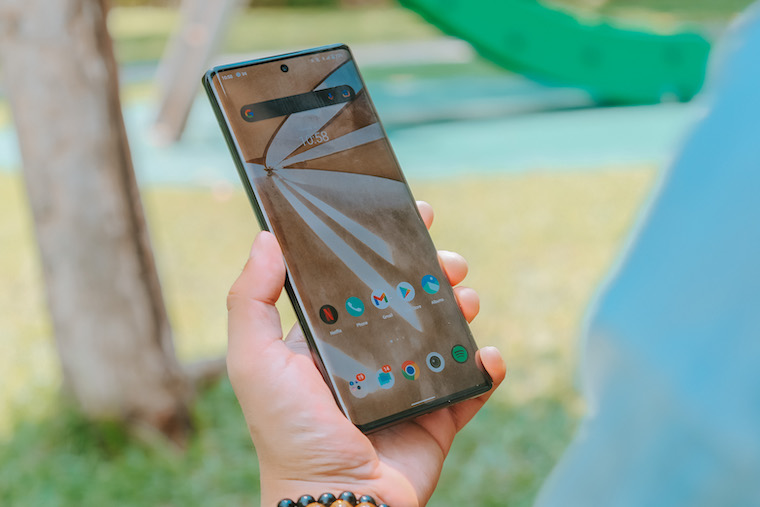
So if you’re a mobile videographer or content creator, and want a smartphone with professional imaging features that can keep up with your needs and possibly work in tandem with your professional camera, get the X80 or X80 Pro with ZEISS technology.
The vivo X80 (12GB + 256GB) is priced at PHP 45,999USD 784INR 66,450EUR 747CNY 5,708, while the vivo X80 Pro (12GB + 256GB) is at PHP 59,999USD 1,022INR 86,675EUR 974CNY 7,446.
vivo is offering a Bluetooth speaker as an offline freebie from June 10 to 17.
For online, the X80 will come with a TWS earbuds and a 2-in-1 clock speaker. For the X80 Pro, it will come with a TWS earbuds, neck massager, and a vivo 50W wireless charger, until stocks last.
See online listings below:
X80 Pro
Shopee : https://bit.ly/vivo-X80ProLaunch-SHP-PR
Lazada : https://bit.ly/vivo-X80ProLaunch-LZD-PR
Website: https://bit.ly/vivo-X80ProLaunch-WEB-PR
X80
Shopee: https://bit.ly/vivo-X80Launch-SHP-PR
Lazada : https://bit.ly/vivo-X80Launch-LZD-PR
Website: https://bit.ly/vivo-X80Launch-WEB-PR

YugaTech.com is the largest and longest-running technology site in the Philippines. Originally established in October 2002, the site was transformed into a full-fledged technology platform in 2005.
How to transfer, withdraw money from PayPal to GCash
Prices of Starlink satellite in the Philippines
Install Google GBox to Huawei smartphones
Pag-IBIG MP2 online application
How to check PhilHealth contributions online
How to find your SIM card serial number
Globe, PLDT, Converge, Sky: Unli fiber internet plans compared
10 biggest games in the Google Play Store
LTO periodic medical exam for 10-year licenses
Netflix codes to unlock hidden TV shows, movies
Apple, Asus, Cherry Mobile, Huawei, LG, Nokia, Oppo, Samsung, Sony, Vivo, Xiaomi, Lenovo, Infinix Mobile, Pocophone, Honor, iPhone, OnePlus, Tecno, Realme, HTC, Gionee, Kata, IQ00, Redmi, Razer, CloudFone, Motorola, Panasonic, TCL, Wiko
Best Android smartphones between PHP 20,000 - 25,000
Smartphones under PHP 10,000 in the Philippines
Smartphones under PHP 12K Philippines
Best smartphones for kids under PHP 7,000
Smartphones under PHP 15,000 in the Philippines
Best Android smartphones between PHP 15,000 - 20,000
Smartphones under PHP 20,000 in the Philippines
Most affordable 5G phones in the Philippines under PHP 20K
5G smartphones in the Philippines under PHP 16K
Smartphone pricelist Philippines 2024
Smartphone pricelist Philippines 2023
Smartphone pricelist Philippines 2022
Smartphone pricelist Philippines 2021
Smartphone pricelist Philippines 2020